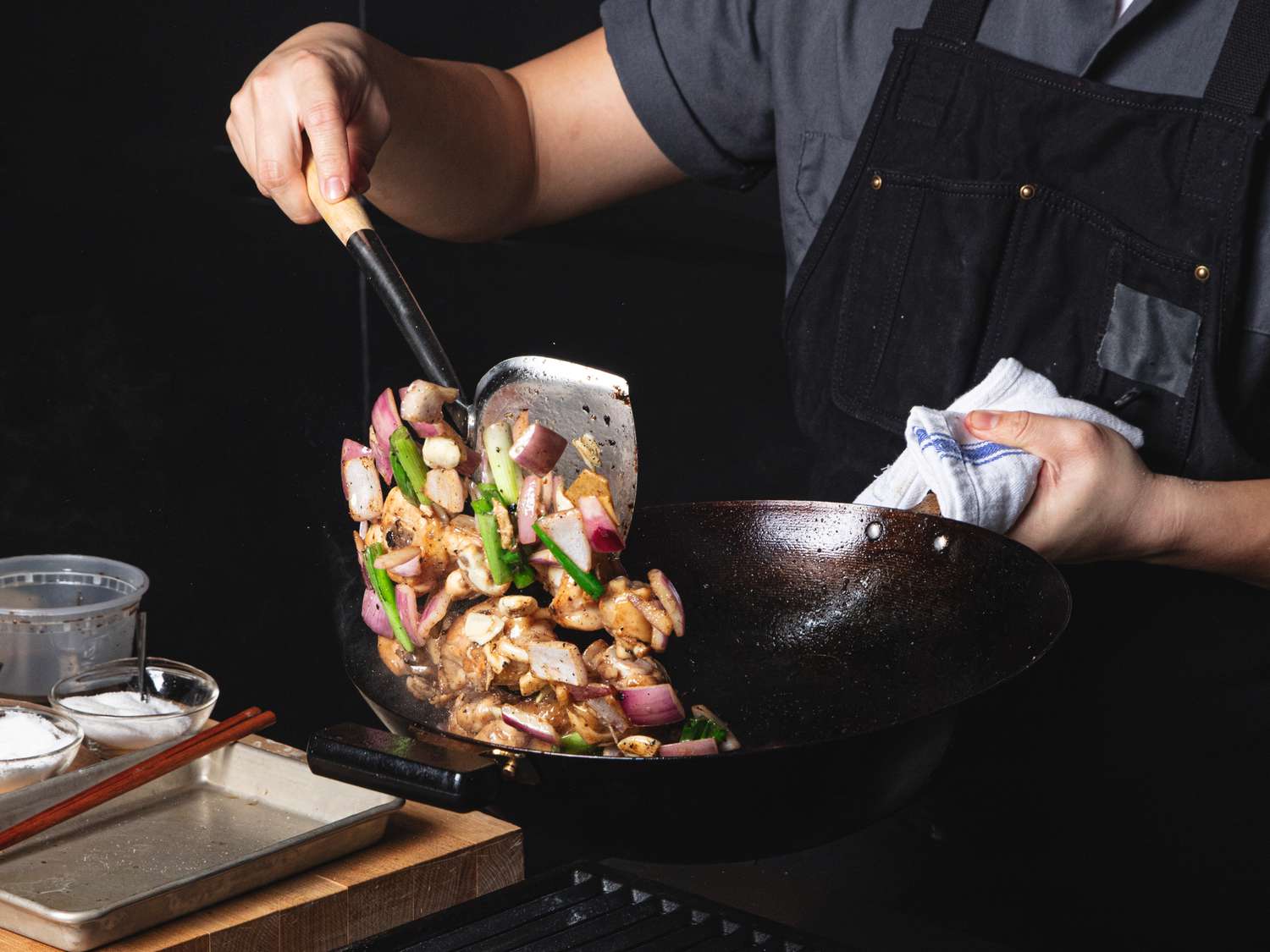When it comes to kitchen essentials, the wok holds a prominent place. But what is a wok for? It's not just a cooking vessel; its a versatile tool that has been utilized in Asian cuisines and beyond for centuries. With its unique shape and construction, a wok can take your culinary skills to a whole new level, especially for kitchen professionals seeking efficiency and creativity.
In this article, we will delve into various aspects of the wok, its advantages, how to use it, and the numerous dishes you can prepare with it. Understanding what a wok is for can significantly enhance your cooking efficiency and creativity.

Understanding the Anatomy of a Wok
A wok is characterized by its rounded bottom and high, sloping sides, making it ideal for stir-frying, steaming, and other cooking techniques. The materials used for woks vary widely, with options ranging from cast iron to carbon steel. Each material offers different benefits, making it essential for kitchen professionals to choose wisely.
Types of Woks and Their Uses
Several types of woks exist, each serving particular cooking needs. Here are some common types:
- Carbon Steel Wok: This is the most popular choice among chefs for its quick heating and responsiveness to temperature changes.
- Cast Iron Wok: Heavier and retains heat longer, which is perfect for braising or cooking dishes that require longer times.
- Non-Stick Wok: Best for beginners, this option makes cooking and cleaning easy, but it might not allow for the high heat needed for stir-frying.

Cooking Techniques to Master with a Wok
Kitchen professionals will appreciate the versatility of the wok in mastering various cooking techniques:
- Stir-Frying: The release of flavor is optimal when using a wok. The high sides allow for quick tossing of ingredients.
- Steaming: With a steaming rack, you can use a wok to steam vegetables, fish, and dumplings efficiently.
- Deep-Frying: The deep, rounded edges of a wok are perfect for deep-frying foods, allowing for even cooking and less oil absorption.
Why You Should Consider Cooking with a Wok
Besides the functional aspects, cooking with a wok also offers health benefits. The quick cooking times mean less oil is required, preserving the nutrients in your ingredients. In Asian cultures, cooking methods like stir-frying are preferred due to their ability to create healthy, fast meals.

Common Dishes You Can Cook with a Wok
The culinary world is vast, but here are some iconic dishes that highlight the wok's unique capabilities:
- Fried Rice: A go-to for leftover ingredients, fried rice can be customized with meats, vegetables, and spices.
- Stir-fried Noodles: Whether it's Pad Thai or Chow Mein, a woks design is perfect for tossing noodles with other ingredients.
- Dumplings: The high sides of a wok hold the steam needed to cook these delightful morsels.
For more information on preparing traditional fried rice, check out this guide on making fried rice.
How to Season Your Wok
A seasoned wok is essential for optimal cooking. Proper seasoning creates a non-stick layer and prevents rust. The process involves:
- Cleaning the wok thoroughly to remove any factory coatings.
- Drying it completely over low heat.
- Applying a thin layer of high-smoke-point oil and heating it until it smokes.
For an in-depth understanding of seasoning, visit how to season a steel wok.
Cleaning and Maintenance of Your Wok
Maintaining your wok is crucial for longevity:
- Immediate Cleaning: After usage, clean with hot water and a soft sponge.
- Avoid Soap: Soap can remove the seasoning, making it less effective.
- Dry Immediately: This prevents rusting; ensure you dry it over low heat.
To learn more about proper washing techniques, check out this article on washing your wok.
FAQs
1. What is a wok primarily best for?
A wok is best for stir-frying, steaming, and deep-frying. Its design allows for quick and versatile cooking methods.
2. Can I use a wok on an electric stove?
Yes, but ensure you choose a flat-bottomed wok for better contact with the heating element.
3. How often should I season my wok?
Regular seasoning is recommended, especially after heavy use or if you notice food sticking.
As an Amazon Associate, I earn from qualifying purchases.






Leave a comment
This site is protected by hCaptcha and the hCaptcha Privacy Policy and Terms of Service apply.